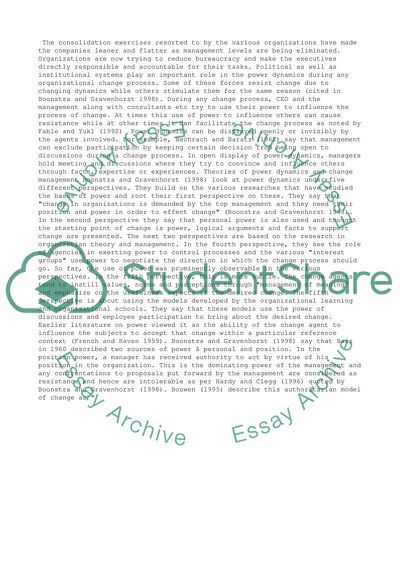Cite this document
(“Affect of power relations on organizational change and development Essay”, n.d.)
Retrieved from https://studentshare.org/management/1394013-organisational-change-and-development
Retrieved from https://studentshare.org/management/1394013-organisational-change-and-development
(Affect of Power Relations on Organizational Change and Development Essay)
https://studentshare.org/management/1394013-organisational-change-and-development.
https://studentshare.org/management/1394013-organisational-change-and-development.
“Affect of Power Relations on Organizational Change and Development Essay”, n.d. https://studentshare.org/management/1394013-organisational-change-and-development.


